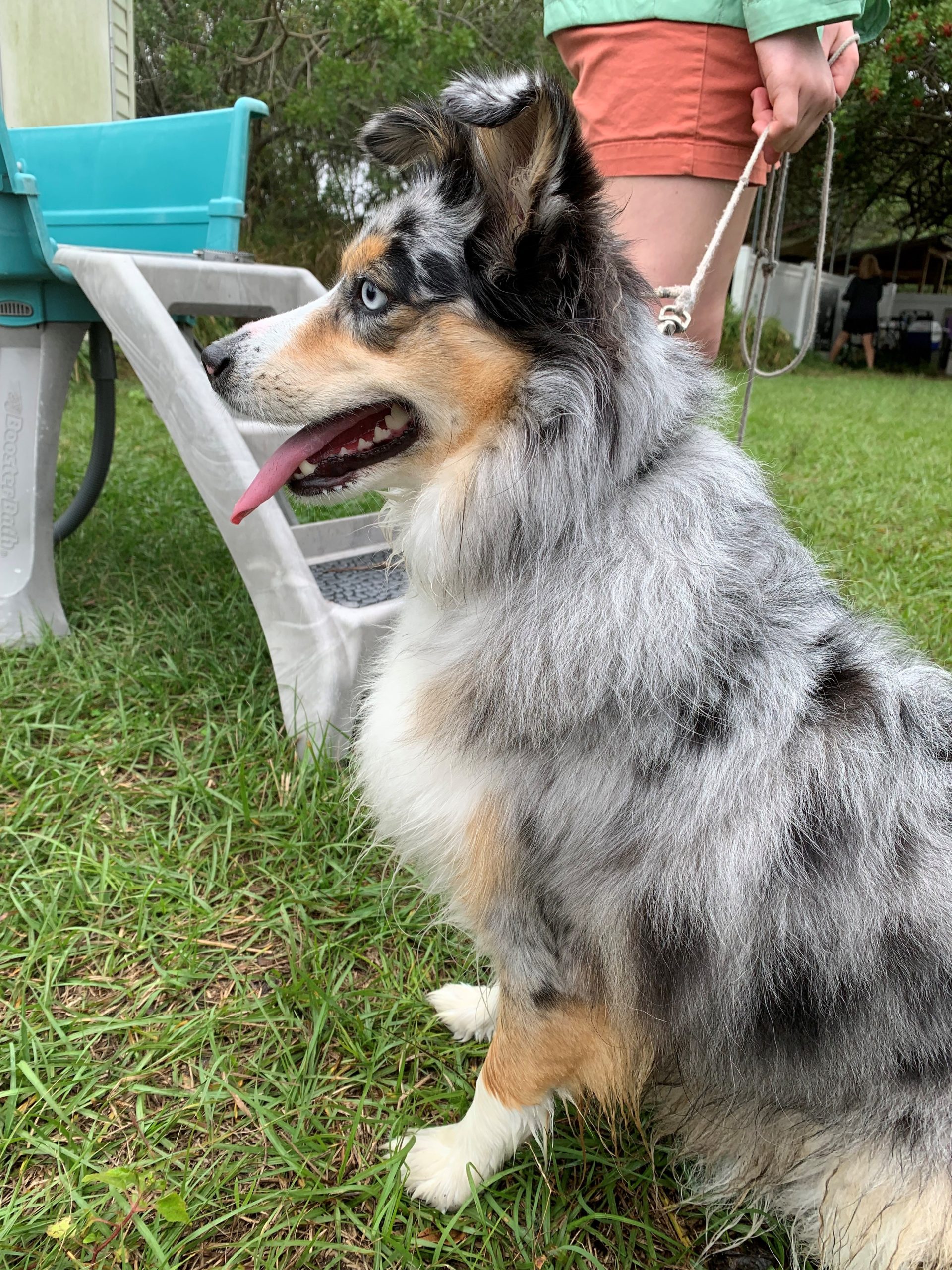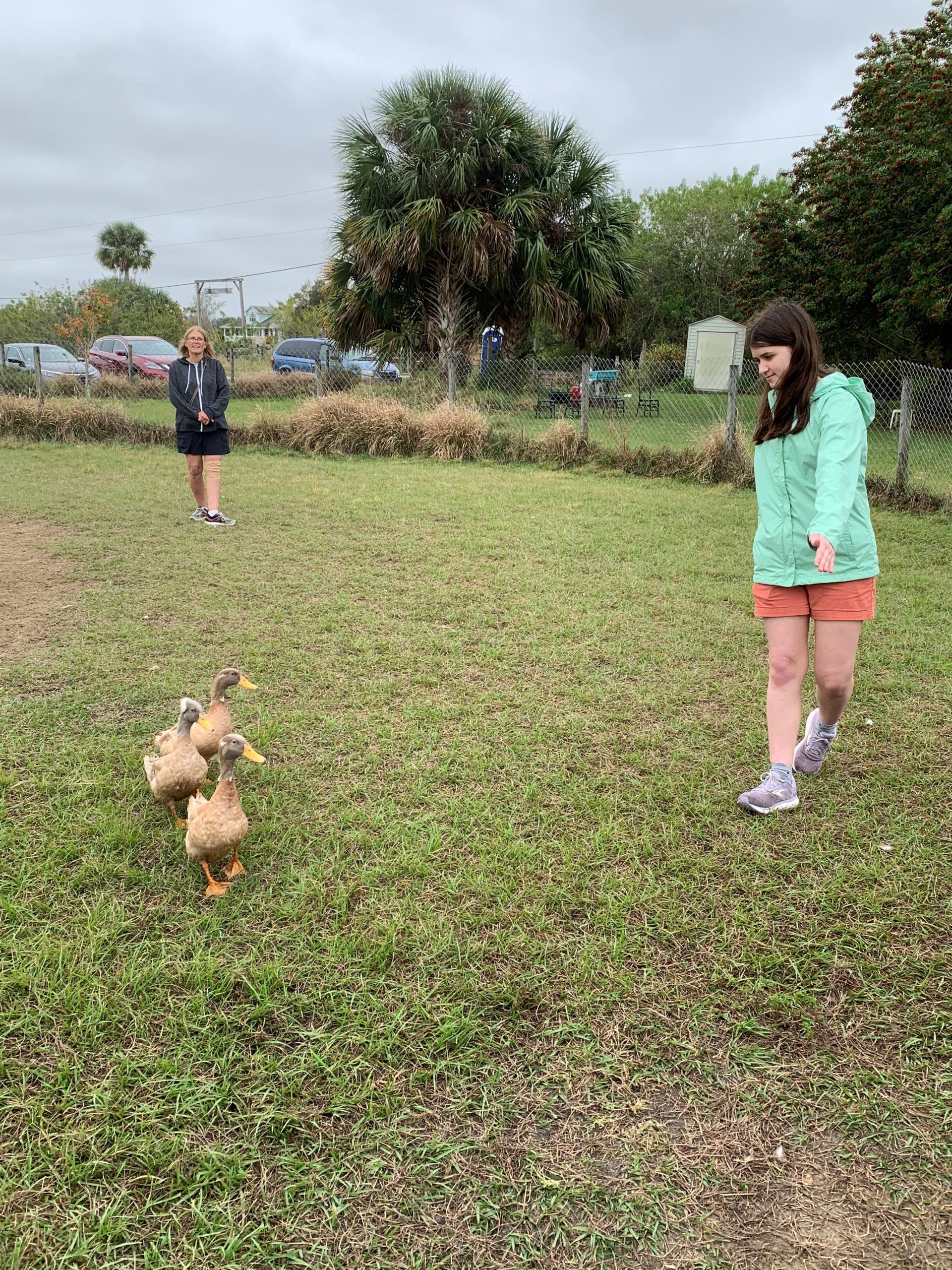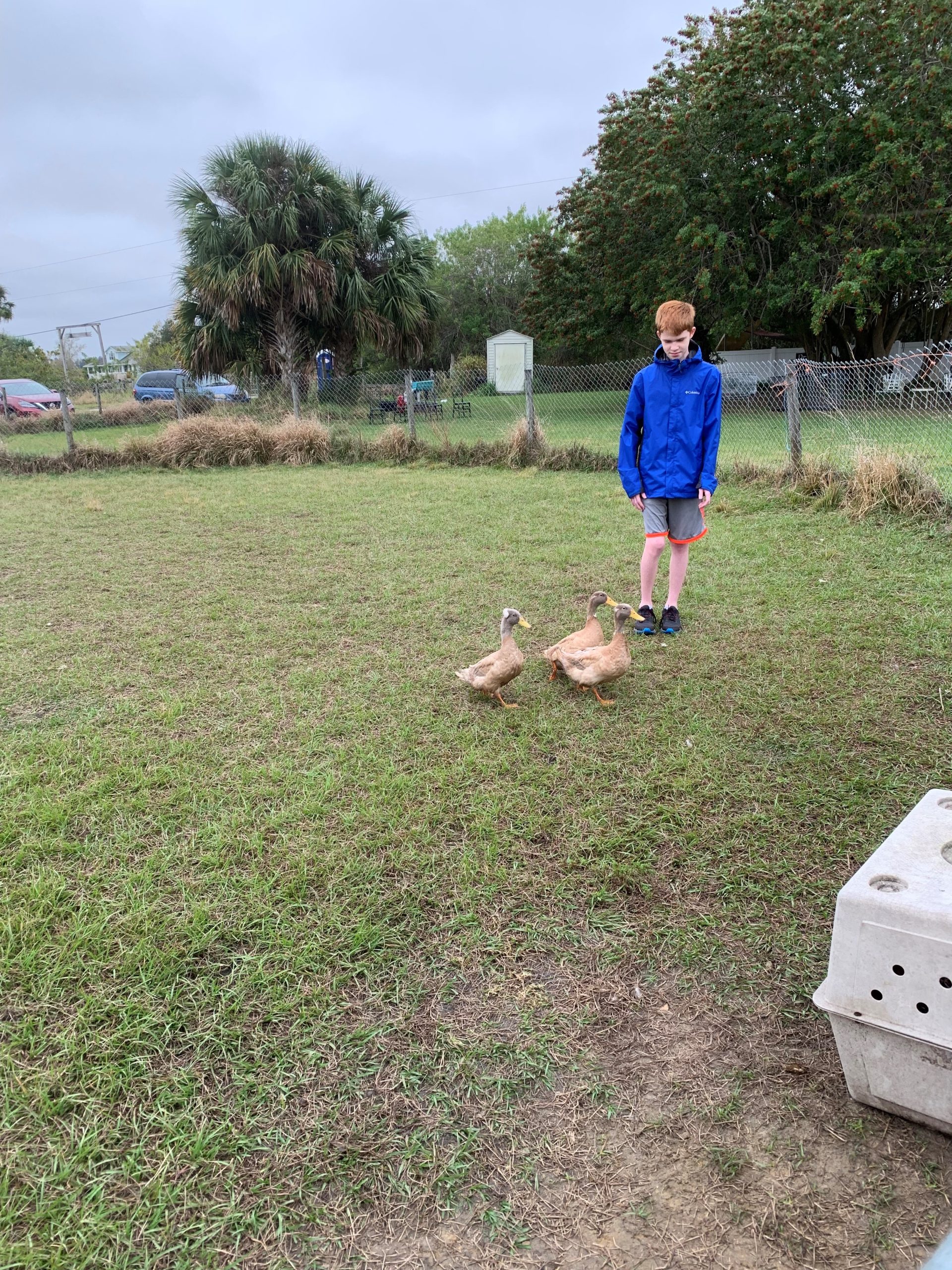
Today’s Morning Buzz is by Jackie Wehmeyer, Director of Human Resources and Library for the City of Parkland, Florida. Parkland was named one of the Best Places to Work in Local Government in 2021 by ELGL.
Connect with Jackie on LinkedIn.
What I’m Reading: The Judge’s List by John Grisham
What I’m Watching: 2022 Olympic curling (who knew how cool this was going to be?)
What I’m Listening To: Punk Rock HR podcasts by Laurie Ruettimann

This is Cali Blue. She is three years old and is both a love and a menace. As an Australian Shepherd and a herding dog, she actually herds our two cats around the house, which they hate. So for fun and to give her a better herding experience, we found Draxen Farms in Fort Pierce, FL, only an hour and a half drive north for us, where they give herding dogs exposure and instruction. Who knew there was a place for dogs to herd in South Florida?
Cali was one of about five “students” on the cool, rainy morning of her herding lesson. There were larger fenced-in fields where sheep were huddled around each other, feeding and ultimately waiting for the dogs. There was also a small circular area, where we watched a woman teach her border collie how to herd three sheep. Cali’s first experience was in the larger field, where the instructor let her in with another experienced herding dog and three sheep. Cali ran around inside for a bit, but every once in a while she ran right behind the sheep and seemed to steer them toward one side of the field or the other. Instinct kicked in, and it was a most interesting thing to watch.

After Cali rested a bit, a different instructor took her in the small circular field. In here, she wasn’t very interested in the sheep, so we took her out for a rest. While Cali cooled down with a quick rinse, the instructor spoke with my kids about how the herding dogs move the sheep by “pushing” them. She told them that sheep are more stubborn, so the dogs must run behind them, sometimes nudging or nipping at them, to get them to move. She asked the kids to stand behind the sheep and try to get them to move. They wouldn’t budge. Then she brought a pet carrier into the pen. As she opened the door, three reluctant ducks emerged. She told the kids that ducks were much more open to moving, as they were more skittish, needing only small movements and gestures to get them to run. She took each of the kids and had them walk behind the ducks slowly, using slight arm movements to get them to move in a particular direction. It worked – just the slightest movement toward them or arm gesture got them to run fast, and together, in the right direction.


The instructor finished by telling the kids that every animal is different, and each is motivated to move in different ways. Some must be given a push, and some just need a small suggestion. Wow. Although Cali learned that running in fields with sheep was fun, my kids learned a bigger lesson about individuality, and it was a good reminder to me as a leader that I really heard.
In HR, I get asked from supervisors if we can provide some kind of class on how to work with Millenials, what to do with people nearing retirement, or how to understand what the IT people are saying. I don’t believe dealing in generalities works at all. We work with people; humans with completely individual ways of thinking and feeling and working. Everyone is motivated in a personal and individual way. How can we tell our supervisors that, for example, “you won’t keep Millenials here unless you give them different and interesting work, and keep moving them up the ladder?” So might that not apply to others? And does that apply to all?
Am I saying we are herding sheep, ducks, and cats? Hardly. What I’m expressing is that I believe our employees are motivated in completely different ways, and when we subconsciously group them and assume their motivations are the same as whatever group we have boxed them into, it may feel like herding cats – scattered, getting nowhere, and everyone is frustrated.
It might sound pretty elementary, but as leaders, I believe we have the most success in our organizations with our teams (and they feel the best about what we do) when we treat them as individuals and learn what their unique differences are. Let’s treat them all differently but fairly. And let’s encourage them to use their individual strengths to contribute to our goals.
Some may need a push, and some may need just a small suggestion, but we can all move toward the same goals when everyone’s individual motivations are realized.

